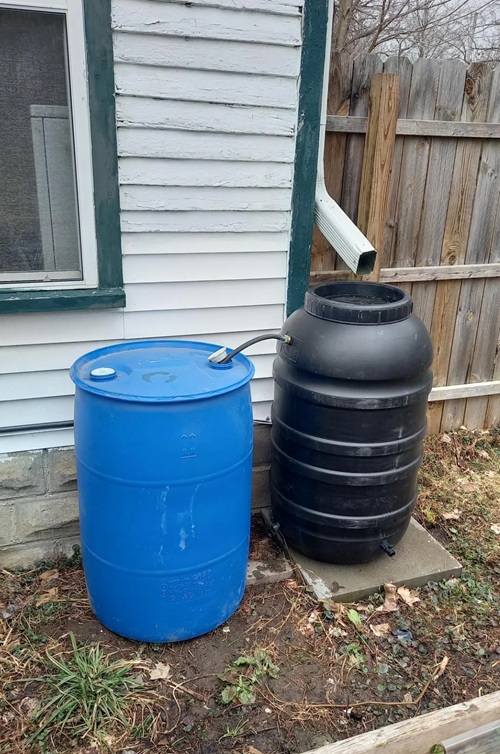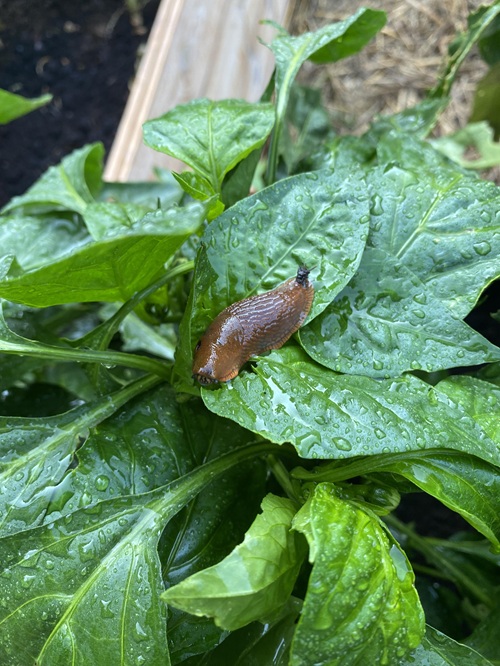Here are the best Things to do in March in the Garden and create a yard that will stand out for the rest of the year!
Guess what? March is here, which means the sun’s coming out to play, and plants are waking up from their winter naps. It’s time to grab your gloves and prepare for awesome garden adventures. Don’t worry if you haven’t made a plan; just follow our list of things to do in March in the garden!
Things to do in March in the Garden
1. Prepare the Soil

What do we mean when we say prepare the soil? It’s pretty simple. Just get rid of all the weeds and indulge in a wee bit of forking to maintain a tidy and uniform surface.
Also, it would be a good idea to add a few centimeters of compost layer or well-rotted manure over your topsoil to prepare it for the upcoming growing season. You should also cover the newly prepared soil with a couple of sheets of black plastic to keep it warmer and drier in preparation for planting summer-special seeds.
2. Grow Typical Summer Vegetables
You can sow these early as long as the soil isn’t too waterlogged and soggy. For better seed germination results, you can try cloches. Here’s how to DIY them.
Mid-March’s warm and dry soil is great for sowing beetroot, artichoke, Brussels sprouts, carrots, cabbage, lettuce, parsley, spinach, radish, and broad bean. Additionally, you can sow cucumber, aubergine, and other summer vegetables in a heated greenhouse.
Try sowing the seeds in pots to ensure a generous supply of parsley for the later months. The same goes for celery. Chives, on the other hand, are best grown individually.
3. Don’t Forget to Prune!
March is the end of the dormant winter season, so it is an ideal time for pruning all your trees and shrubs–except pines. Before pruning, allow the new growth to expand and flourish until the young needles turn half the full size.
Elm, birch, maple, and black walnut tend to ooze sap when pruned in late February due to the effect of water pressure on the bottom layer of moist soil. While this won’t harm the plant per se, you can consider pruning these trees in the second or third week of March.
On the other hand, spring flowering shrubs, including lilac and forsythia, can be pruned now unless you don’t want to lose the flower buds on the delicate stems you are removing. If overgrown, cutting all the stems to the ground level will stimulate nascent ones to emerge.
If it’s the beginning of the growing season in your zone, you should prune your evergreen herbs. To learn more, check out our herb pruning guide.
4. Plant Fruit Trees and Shrubs
Once you’re done with the pruning, it’s time to plant a few fruits and shrubs. You can plant apple and cherry trees in a sunny yet sheltered spot and carry out late plantings of soft, succulent fruits such as raspberry, gooseberry, and strawberry.
Cut canes of raspberry to ground level to stimulate new canes, which will eventually go on to fruit in fall (autumn). Also, feed your blueberry shoots with ericaceous plant fertilizer. Here’s everything about growing them properly.
Mulch rhubarbs with a thick layer of manure to keep them healthy and reduce moisture loss from the soil. It’s also a good time to plant fresh rhubarb crowns, though you should avoid covering them with manure.
5. Plant Bulbs
This is the time when early flowering bulbs like caladiums, dahlias, crocus, and hyacinths should be taken out of storage to leave the foliage to break dormancy naturally.
Plant tender bulbs of begonia tubers in a pot containing moist compost, covering only the top. These pots should be ideally kept in well-lit spots and occasionally watered whenever the growing medium dries out. As soon as the shoots elongate, they should be potted individually. Here are mistakes you need to watch out for.
You can also start potting up stored geraniums. The warm, sunny days help stimulate new growth and lead to fuller plants by summer’s arrival.
6. Install Rain Barrels/Water Butts
One of the best things to do in March for your garden is to install compact little water butts/rain barrels to collect the rainfall. Rainwater is great for watering all kinds of plants and preparing in March will allow you to get much water from the upcoming spring showers.
Just be careful that it’s positioned below the downpipe to take maximum advantage of the rainfall. Here’s a DIY to help you get started!
7. Eliminate Garden Pests

Eliminating hibernating pests in the early days of March can save you a world of trouble in the upcoming summer months. Examine the crowns of your perennial plants, and you will find slugs, snails, bugs, and aphid colonies cringing in the closed spaces, sheltering for the winter.
If you still haven’t cleared up the former year’s pots of summer bedding, you better do this now and watch out for the weevil larvae, which tend to thrive on compost and feed on roots. Destroy any you come across, and gear up to kill off vine weevils this year with chemical drenches or parasitic nematodes. You can try this DIY garlic water pesticide–it’s organic and gets the job done right.
8. Move Deciduous Shrubs to Right Spot
If you have a poorly placed deciduous shrub or two, now is the best time to move them while they are still dormant. Choose a still day (a day with very little wind) to prevent the roots from drying out.
When digging them up, take a wide berth all around the shrub and try taking as much of the root as possible for faster establishment in the new location. Also, ensure that the shrubs are planted at the same level as they were before. Don’t forget to water them generously afterward!
9. Groom Your Lawn
Nothing spoils the beauty of a well-maintained garden bed more than a worn-out lawn lying alongside. Lawns suffer from the build-up of moss, debris, and plant decay in the dreary days of winter, so March is probably the best time to tackle it.
You can start by hauling all the accumulated dead grass, moss, and clutter. If allowed to remain, they can quickly condense to form an impenetrable waterproof layer over the topsoil. Don’t skip this secret of a lush green lawn!
Additionally, use a weedkiller to dig out the roots of perennial weeds. If the lawn is already established, make the season’s first cut, but ensure the grass is not too wet.
10. Pay a Final Tribute to Winter
Get your cool-season favorites into the garden now. If you wait, the weather will get warm to grow them. Early on, sow the turnips, beets, mustard, broccoli, and spinach plantings. Then, in mid-to-late March, plant peppers, cucumbers, tomatoes, corn, and squashes.
You should pull away the mulch from shrubs, trees, and perennials to allow the soil to warm around them. At the end of the month, plant seasonal ornamentals such as daisies, marigolds, carnations, and petunias.
Well, what are you waiting for? Time to act and do these things in your garden. Do let us know how it goes for you in the comments below!



“Additionally, ensure to dig out the roots of perennial weeds by using a weedkiller rich in Glyphosate”
Love the article except for this. Please be more conscious about this detrimental product! it is poisening everything in it’s path!
You need to make sure you know what planting zone you are in. Most of these tips will fit all zones, but planting tomatoes, peppers and such will be too soon to plant in zones 4 or less.
Delightful post